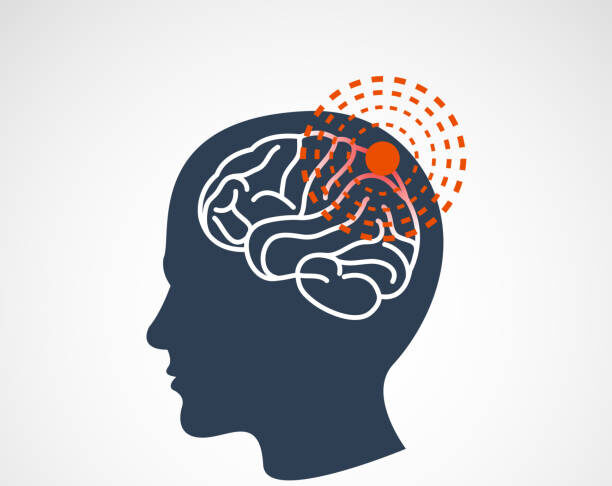Bacterial Meningococcal Meningitis: A Potentially Deadly Infection
What is Bacterial Meningococcal Meningitis? Bacterial meningococcal meningitis is a severe and often life-threatening infection of the meninges—the protective membranes covering the brain and spinal cord—caused by the bacterium Neisseria meningitidis. This contagious infection can lead to inflammation of the brain and spinal cord, causing neurological symptoms and potentially fatal complications if not promptly diagnosed and treated.
Symptoms of Bacterial Meningococcal Meningitis Symptoms of bacterial meningococcal meningitis may include:
- Severe headache
- Stiff neck (neck stiffness)
- High fever
- Nausea and vomiting
- Photophobia (sensitivity to light)
- Altered mental status (confusion, irritability)
- Skin rash (petechiae, purpura)
Causes of Bacterial Meningococcal Meningitis Bacterial meningococcal meningitis is primarily caused by the bacterium Neisseria meningitidis, which can be transmitted through respiratory droplets from an infected person. Common causes and risk factors may include:
- Close Contact: Close contact with an infected individual, such as living in crowded conditions (e.g., college dormitories, military barracks) or attending mass gatherings, can increase the risk of transmission.
- Weakened Immune System: Conditions such as HIV/AIDS, complement deficiencies, or asplenia (absence of spleen) can increase the risk of invasive meningococcal disease.
- Age: Infants, young children, and adolescents are at higher risk of meningococcal meningitis compared to adults.
- Travel: Traveling to regions with high rates of meningococcal disease, such as the “meningitis belt” in sub-Saharan Africa, can increase the risk of exposure to the bacterium.
Diagnosis of Bacterial Meningococcal Meningitis Diagnosing bacterial meningococcal meningitis typically involves:
- Lumbar Puncture: A procedure to collect cerebrospinal fluid (CSF) from the spinal canal and analyze it for signs of infection, such as elevated white blood cell count or presence of bacteria.
- Blood Tests: Blood cultures may be performed to identify the causative bacteria and determine appropriate antibiotic therapy.
- Imaging Studies: Imaging tests such as CT scan or MRI may be ordered to assess for signs of brain inflammation or complications such as hydrocephalus.
Pharmacological Treatment Pharmacological treatment options for bacterial meningococcal meningitis may include:
- Intravenous Antibiotics: Prompt administration of broad-spectrum antibiotics such as ceftriaxone or cefotaxime to target the causative bacteria and prevent complications.
- Corticosteroids: Adjunctive therapy with corticosteroids such as dexamethasone may be used to reduce inflammation and improve outcomes, especially in cases of severe meningococcal disease.
Non-Pharmacological Treatment Non-pharmacological treatment options for bacterial meningococcal meningitis may include:
- Isolation Precautions: Implementing isolation precautions to prevent the spread of bacteria to other individuals, especially in outbreak settings or close contacts of infected individuals.
- Vaccination: Routine vaccination with meningococcal vaccines (e.g., MenACWY, MenB) can help prevent meningococcal disease and protect public health.
Conclusion Bacterial meningococcal meningitis is a serious and potentially deadly infection of the meninges that requires prompt medical attention and aggressive treatment with antibiotics. By understanding the causes, symptoms, and treatment options for bacterial meningococcal meningitis, individuals can take proactive steps to seek medical care, prevent complications, and improve outcomes. Vaccination against meningococcal disease is an essential preventive measure to reduce the risk of infection and protect public health. If you or someone you know experiences symptoms suggestive of bacterial meningococcal meningitis, it is crucial to seek immediate medical attention for proper diagnosis and treatment.




